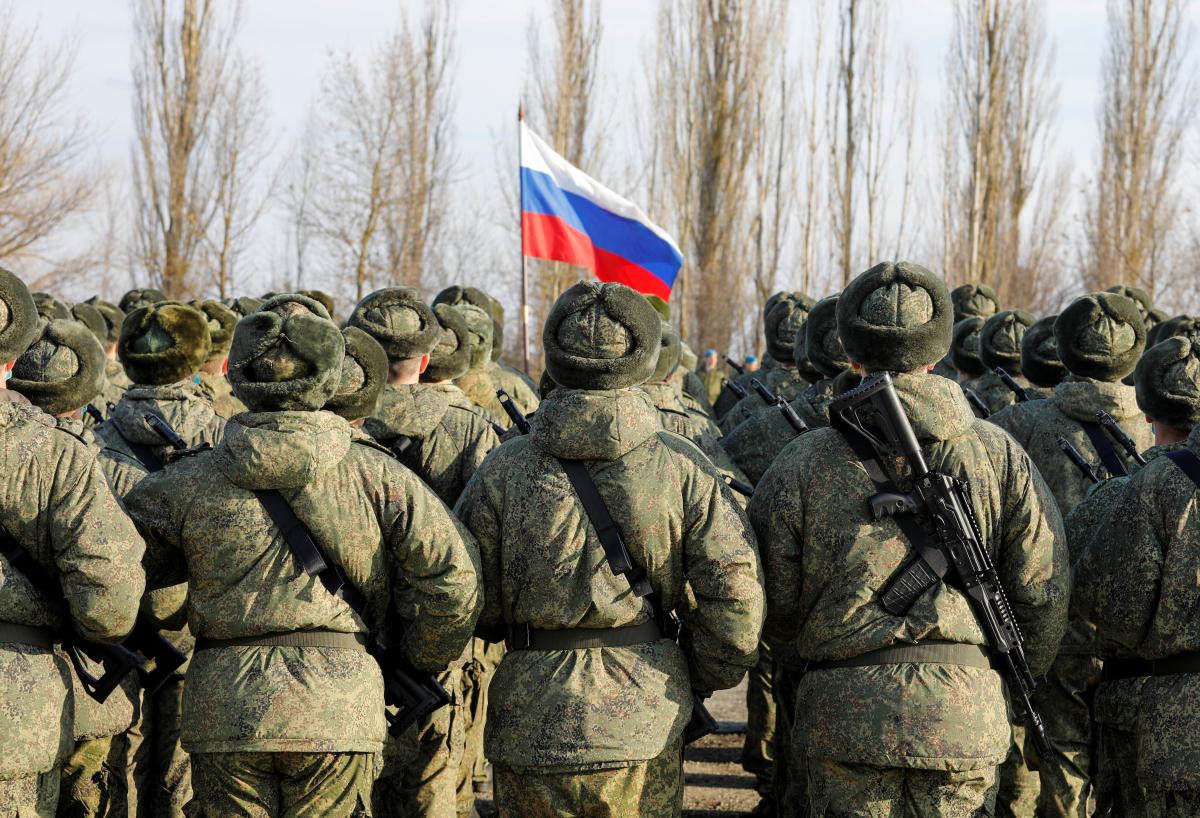
The Russian Federation's Defense Ministry plans to create about 20 new military units and formations near its western borders.
This was stated by Russian Defense Minister Sergei Shoigu, according to the Russian Defense Ministry's website.
The minister says the situation in the Western strategic direction is characterized by an increase in military threats.
Over the past seven years, the intensity of flights of the U.S. Air Force's strategic bomber aviation in Europe has grown 14 times. NATO ships with guided missile weapons systematically enter the Baltic Sea.
"At the same time, the U.S. and NATO continue to expand the scope of operational and combat training near our borders," Shoigu said.
What is more, the number of exercises has increased by 1.5 times in recent years, he said.
"The actions of our Western counterparts are destroying the security system in the world and forcing us to take adequate countermeasures. We are constantly improving the combat composition of the troops. By the end of the year, about 20 formations and military units will be formed in the Western Military District," he said.
He noted that organizational measures are synchronized with the supply of modern weapons and military equipment. This year, it is planned to supply about 2,000 weapons to the troops of the district.
Read alsoNATO: Tens of thousands of Russian troops remain in and around Ukraine
NATO's response
NATO Secretary General Jens Stoltenberg has responded to Russia's plans to create about 20 new military units and formations near the western borders.
He announced this at a press conference on Monday, May 31, on pending meetings of NATO Foreign and Defense Ministers in Brussels on June 1, according to an UNIAN correspondent.
"Then on Russia, what we see is a pattern of Russian behavior where Russia over the last years have invested heavily in new modern military capabilities, from conventional to nuclear weapon systems. But not only that, but Russia has been willing to use military force against neighbours, in Georgia and Ukraine, increasing and continuing to destabilise Donbass in Eastern Ukraine and illegally annexing Crimea," Stoltenberg said. "And then we've seen more Russian military presence in the High North, in the Barren Sea, and in the Baltic Sea, Kaliningrad, the Black Sea, and also down to the Mediterranean and Middle East."
"And this is one of the main reasons why NATO over the last years has increased the readiness of our forces and also why we have deployed battlegroups to the eastern part of the Alliance. Germany is leading one of them in Lithuania," he said.
According to him, NATO is a defensive Alliance, and NATO is there to protect and defend all Allies.
"And we are there to prevent conflict and war. But the best way of doing that is to send a clear message to any potential adversary that if one Ally is attacked, the whole Alliance will be there. And by doing so, we prevent war, we preserve peace," he said.
Stoltenberg says NATO will continue also what they call a "dual-track approach" to Russia, meaning that the Alliance is providing credible deterrence and defence, but at the same time, it works for meaningful dialogue with Russia.
Russian military build-up along Ukraine borders, in occupied Crimea
- In March 2021, Russia deployed 28 battalion tactical groups along the state border of Ukraine and in the temporarily occupied territories. It is also said to be planning to bring up to 25 battalion tactical groups under the guise of preparations for military drills.
- Fifteen warships of Russia's Caspian Flotilla entered the Black Sea. Russia also relocated Su-25SM3 warplanes from Russia's Stavropol Krai (Territory) to occupied Crimea.
- On April 22, 2021, Russian Defense Minister Sergei Shoigu said his country would begin the withdrawal of troops, which had taken part in military exercises in occupied Crimea and near the borders of Ukraine, to their permanent bases in the Southern and Western Military Districts.
- On May 6, 2021, Ukrainian President Volodymyr Zelensky said the Russian Federation had withdrawn only 3,500 troops from occupied Crimea out of tens of thousands of military personnel deployed on the borders and temporarily occupied territories of Ukraine.
- On May 13, 2021, the U.S. Mission to the OSCE said Russia had deployed a variety of heavy weaponry to occupied Crimea, including T-72B3 battle tanks, 120mm mortars, 122mm howitzers, and armored vehicles.

